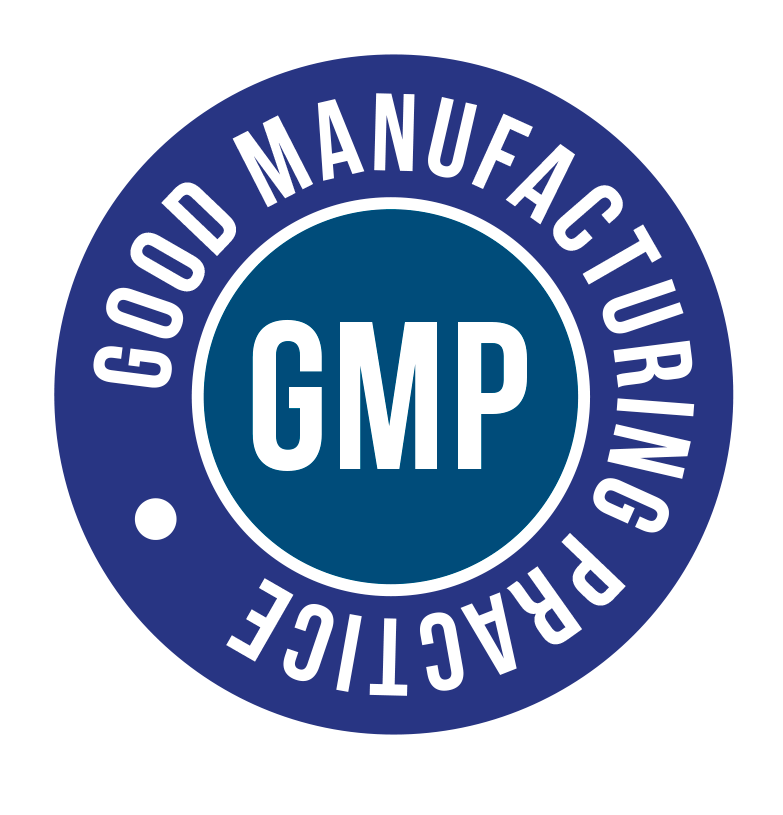
by Colleen Hartwick, ND
The Role of Cholesterol
Cholesterol is a type of fat which can be obtained from food sources and is also produced by the liver. Cholesterol is essential for health: It is the building block for cell membranes (the walls that envelop every single body cell); is a component of bile (a digestive juice that is crucial for fat digestion); and is the framework for various hormones, including vitamin D, cortisol, aldosterone, and the sex hormones testosterone, progesterone, and estrogen.
Because cholesterol is a fat, it does not dissolve in water, so it cannot travel through your bloodstream independently, due to blood being 90% water. Thus, cholesterol requires a transporter to help distribute it throughout the body. The cholesterol transporters, known as lipoproteins, are made in the liver, and there are two main types: low-density lipoprotein (LDL) and high-density lipoprotein (HDL).[1], [2], [3] Each type carries cholesterol to different parts of the body, which is how they received their “good” and “bad” classifications.
LDL, the “bad cholesterol,” is the lipoprotein that delivers cholesterol from the liver to a target tissue. If there is an excess of LDL in the bloodstream, it can lead to the buildup of plaque in the arteries, potentially causing atherosclerosis (hardening and narrowing of the arteries). This can increase the risk of heart disease and stroke.
HDL, the “good cholesterol,” is the lipoprotein that removes cholesterol from the tissues and returns it back to the liver for recycling and elimination.[4], [5], [6] By doing so, it reduces the risk of plaque buildup in the arteries.
The Symptoms of Elevated Cholesterol
Elevated LDL cholesterol typically does not produce obvious signs or symptoms, although sometimes, very rarely, fatty deposits will form on the eyelids; these are called xanthomas. Unfortunately, without routine screenings through blood tests, the first symptom of elevated cholesterol is often angina (chest pain), heart attack, or stroke.[7]
The Causes
Some people already have very high cholesterol as children because of their genes; this is known as familial or primary hypercholesterolemia.
But for most people, cholesterol levels are mainly influenced by lifestyle factors such as diet and exercise habits; this is called acquired hypercholesterolemia. Dietary factors would include a diet high in trans fats and saturated fats as well as high sugar intake. The latter can lead to chronically elevated insulin and insulin resistance. High insulin stimulates the liver to overproduce LDL cholesterol.[8], [9], [10] Lack of physical activity, obesity, and tobacco smoking have also been associated with elevated total cholesterol, which is high “bad” LDL and low “good” HDL.
Sometimes, cholesterol levels increase because of underlying medical conditions like hypothyroidism, a condition in which the thyroid gland does not produce enough thyroid hormones to meet the body’s needs. Thyroid hormone impacts cholesterol metabolism and elimination; when the thyroid function is impaired, we can see rises in LDL.[11]
Taking certain medications—such as thiazide diuretics, anabolic steroids, or amiodarone—can also contribute to raising LDL cholesterol levels.[12], [13]
What Should My Numbers Look Like?
| HDL Cholesterol | LDL Cholesterol |
|
Desiderable Level: 1.04 mmol/L or higher for men; 1.29 mmol/L or higher for women. |
Optimal Level: Less than 2.00 mmol/L |
|
Optimal Level: 1.55 mmol/L or higher |
Near Optimal/Above Optimal: 2.00–2.49 mmol/L |
|
Borderline High: 2.50–2.99 mmol/L |
|
|
High: 3.00–3.39 mmol/L |
|
|
Very High: 3.40 mmol/L and above |
How to Lower Your LDL
Here are six things to consider doing if your LDL cholesterol is borderline or elevated.
1. Schedule an appointment with your primary health-care practitioner to check your blood sugar and to do a full thyroid panel.
2. Keep your insulin balanced through regular exercise. Both aerobic exercise -such as walking, running, or cycling- and resistance training or weightlifting have been shown to be beneficial. Exercise can also help raise HDL cholesterol (the “good” kind) and improve overall cardiovascular health.
3. Reduce your intake of simple carbohydrates, like syrups, white sugar, white flour, and white rice.
4. Increasing consumption of dietary fibre - aim for at least 30 g of fibre per day from nuts, seeds, legumes, fruits, and vegetables.
5. Reduce your trans- and saturated-fat intake. Commercially baked foods, fried foods, and packaged snack foods tend to be high in trans fat, while processed foods and meats often contain saturated fat in the form of partially hydrogenated oils.
6.Increase your daily omega‑3 fatty acid intake by consuming algae, fish, flaxseed, chia seeds, and hemp seeds.
Supplements can play a crucial role in preventing borderline numbers from rising. Achieving sufficient fibre and omega‑3 intake solely from our diets can be challenging, especially given the increasing costs of food. Supplements offer precise doses, ensuring consistent and adequate intake every day. I often recommend berberine, a supplement that can assist in managing cholesterol levels and addressing insulin resistance, as well as plant sterols, since they have been shown to reduce total cholesterol and LDL levels.[14]
References
1. Merck Manual Editorial Staff. “Quick facts: High cholesterol.” Merck Manual, Consumer Version, https://www.merckmanuals.com/en-ca/home/quick-facts-hormonal-and-metabolic-disorders/cholesterol-disorders/high-cholesterol 2. InformedHealth.org. “High cholesterol: Overview.”InformedHealth.org, https://www.ncbi.nlm.nih.gov/books/NBK279318/ Updated 2017‑09‑07 3. Huff, T., B. Boyd, and I. Jialal. “Physiology, cholesterol.” StatPearls, https://www.ncbi.nlm.nih.gov/books/NBK470561/· Updated 2023‑03‑06. 4. Merck Manual. op. cit. 5. InformedHealth.org. op. cit. 6. Huff, Boy, and Jialal. op. cit. 7. InformedHealth.org. op. cit. 8. InformedHealth.org. op. cit. 9. Huff, Boy, and Jialal. op. cit. 10. Howard, B.V. “Insulin resistance and lipid metabolism.” The American Journal of Cardiology, Vol. 84, No. 1A (1999): 28J–32J. 11. InformedHealth.org. op. cit. 12. InformedHealth.org. op. cit. 13. Herink, M., and M.K. Ito. “Medication induced changes in lipid and lipoproteins.” In: Feingold, K.R, B. Anawalt, M.R. Blackman, et al., editors. Endotext, South Dartmouth: MDText.com, 2000, https://www.ncbi.nlm.nih.gov/books/NBK326739/ · Updated 2018‑05‑10. 14. Amir Shaghaghi, M, S.S. Abumweis, and P.J.H. Jones. “Cholesterol-lowering efficacy of plant sterols/stanols provided in capsule and tablet formats: Results of a systematic review and meta-analysis.” Journal of the Academy of Nutrition and Dietetics, Vol. 113, No. 11 (2013): 1494–1503.







